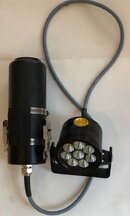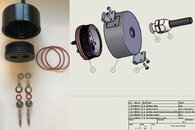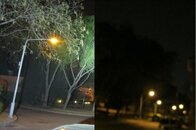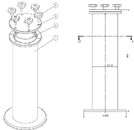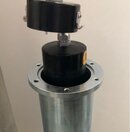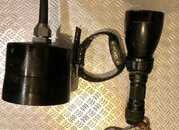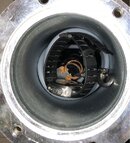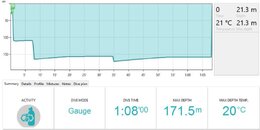Here are some photos from my canister light project.
The design is ready and almost all of the parts have arrived. The final assembly will be completed within the next two weeks. My own pressure chamber (DIY) is ready at the end of April, then I can do pressure tests up to 150m. I have a batch of 3 light heads currently in fabrication, since the minimum order quantity was 10pcs or more for many of the components. This light head is possible to install to any battery bag given the voltage is between 5 to 15 volts and can supply 80w. I will also build my own designed battery bag later this year. I have been using my old one up until now.
The goal of the project is to make the “best of the best” canister light using best components and materials.


The design is ready and almost all of the parts have arrived. The final assembly will be completed within the next two weeks. My own pressure chamber (DIY) is ready at the end of April, then I can do pressure tests up to 150m. I have a batch of 3 light heads currently in fabrication, since the minimum order quantity was 10pcs or more for many of the components. This light head is possible to install to any battery bag given the voltage is between 5 to 15 volts and can supply 80w. I will also build my own designed battery bag later this year. I have been using my old one up until now.
The goal of the project is to make the “best of the best” canister light using best components and materials.




